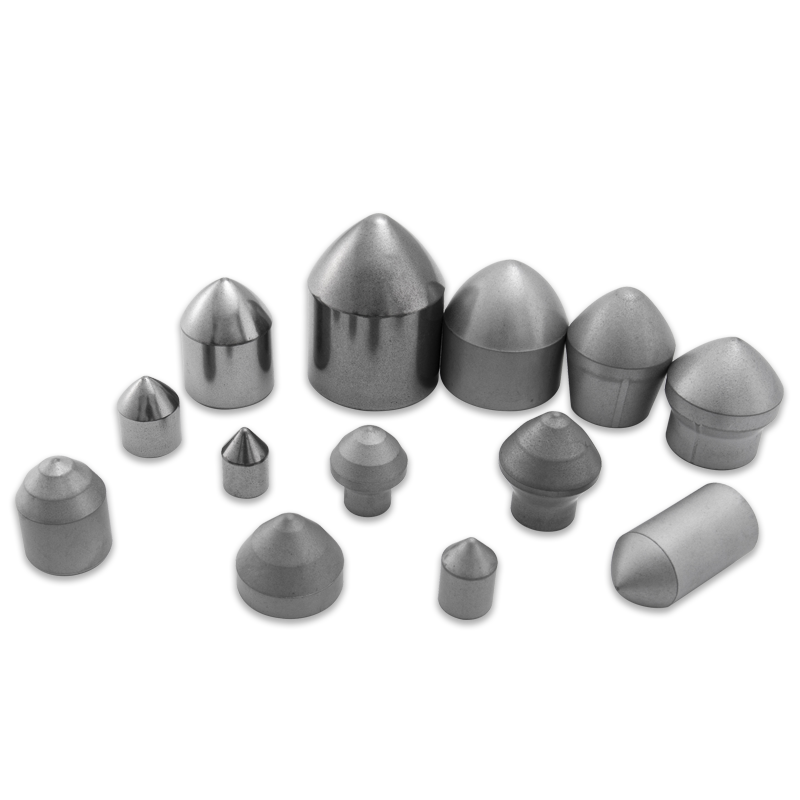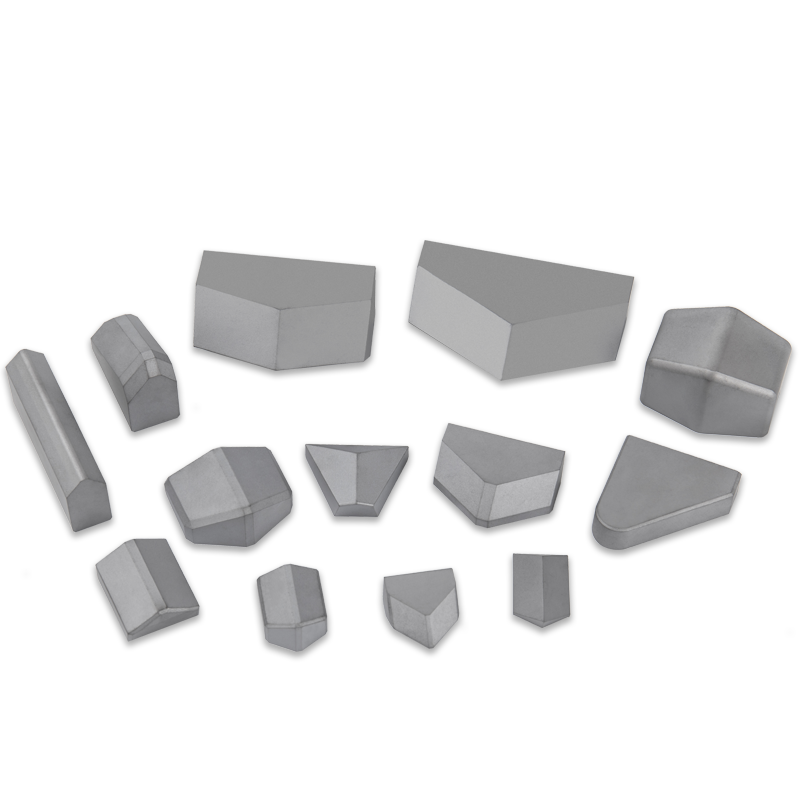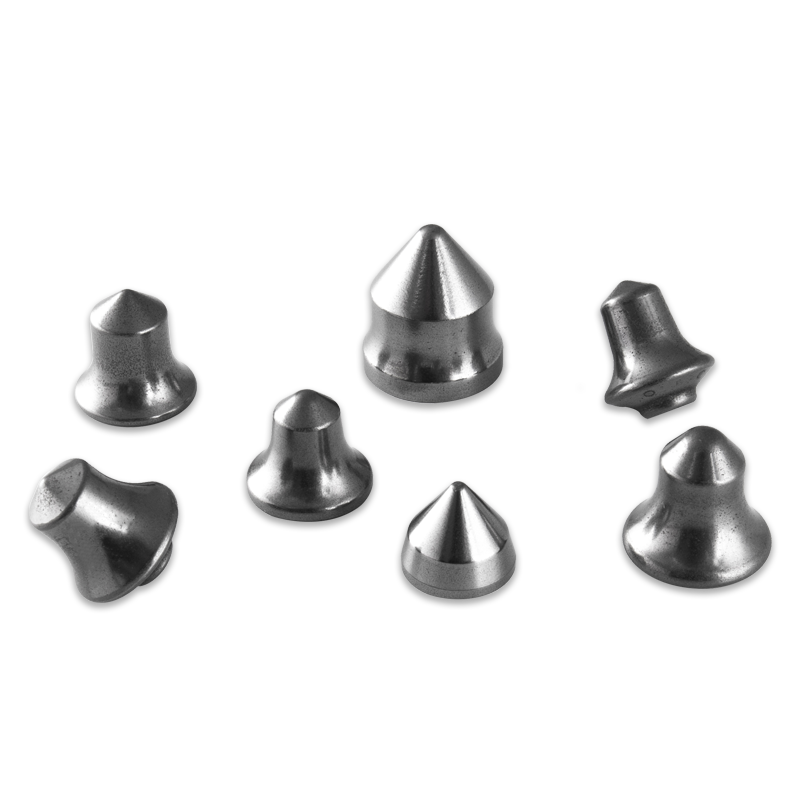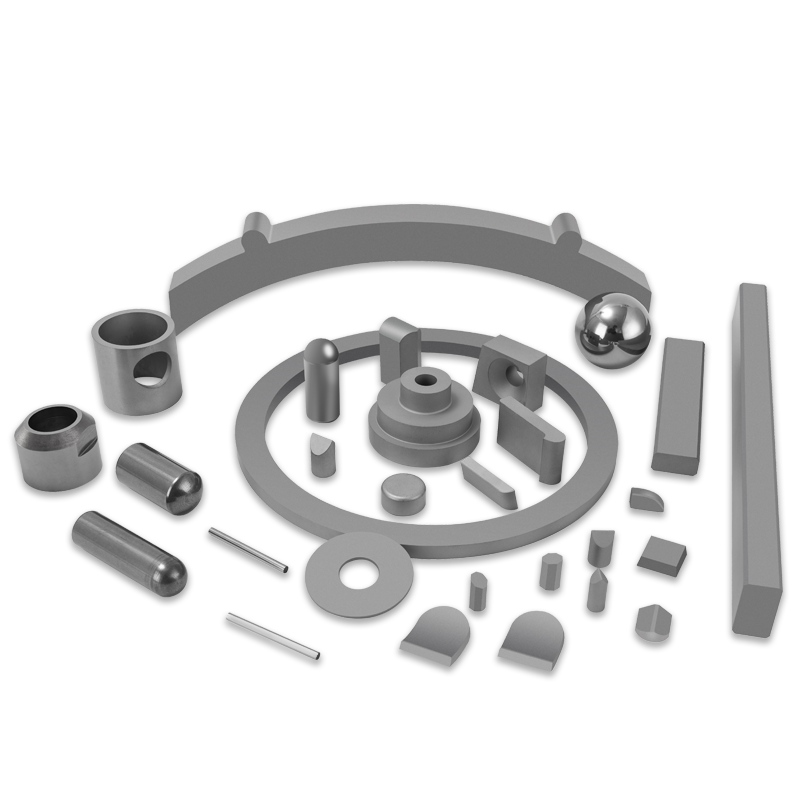Why Tungsten Carbide Rock Drilling Tools Dominate Hard Rock Excavation
Industry News-The modern industries of mining, quarrying, construction, and energy extraction share a fundamental dependency: the ability to efficiently and reliably penetrate the Earth's hardest rock formations. This is where Tungsten Carbide Rock Drilling Tools emerge not just as a choice, but as an absolute necessity. These tools have revolutionized the economics of excavation by offering a level of durability and performance that traditional steel tooling simply cannot match.
The Science of Superior Hardness
The secret to the success of these tools lies in their composition. Tungsten carbide () is a synthetic material produced through powder metallurgy, combining particles of the refractory metal tungsten with carbon. The resulting compound possesses a crystalline structure with an extraordinary atomic bond, granting it immense hardness—a hardness rating approaching that of diamond.
Crucially, this super-hard tungsten carbide is combined with a binder metal, most commonly cobalt (), in a process called sintering to create cemented carbide. The cobalt matrix acts as a tough, resilient glue, holding the rigid tungsten carbide grains together. The final material strikes an optimal balance: the extreme wear resistance of tungsten carbide is complemented by the toughness imparted by the cobalt, enabling the tool to withstand the high impact and compressive stresses of rock drilling without shattering.
Product Design and Application Focus
The raw material is engineered into different cutting elements—or inserts—which are then mounted onto various drill bodies, creating the wide array of specialized Tungsten Carbide Rock Drilling Tools.
Key Tooling Categories:
-
Button Bits: By far the most common type, these feature spherical, conical, or ballistic carbide buttons embedded into the bit face. They are used extensively with Top Hammer and Down-The-Hole (DTH) drilling systems. The shape and placement of the carbide buttons are critical:
-
Ballistic inserts offer a faster penetration rate in softer rock.
-
Spherical inserts provide maximum wear life in the hardest, most abrasive rock.
-
-
Roller Cone (Tricone) Bits: Predominantly used in deep well drilling for oil, gas, and water. These bits feature rotating cones with hundreds of tungsten carbide inserts (TCI) that crush and grind the rock as the drill string rotates.
-
Milling and Cutting Tools: Specialized tips and teeth used on roadheaders and trenching machines for continuous excavation. The high resistance to abrasion from the carbide allows these cutting tools to maintain their geometry while continuously working through rock and concrete.
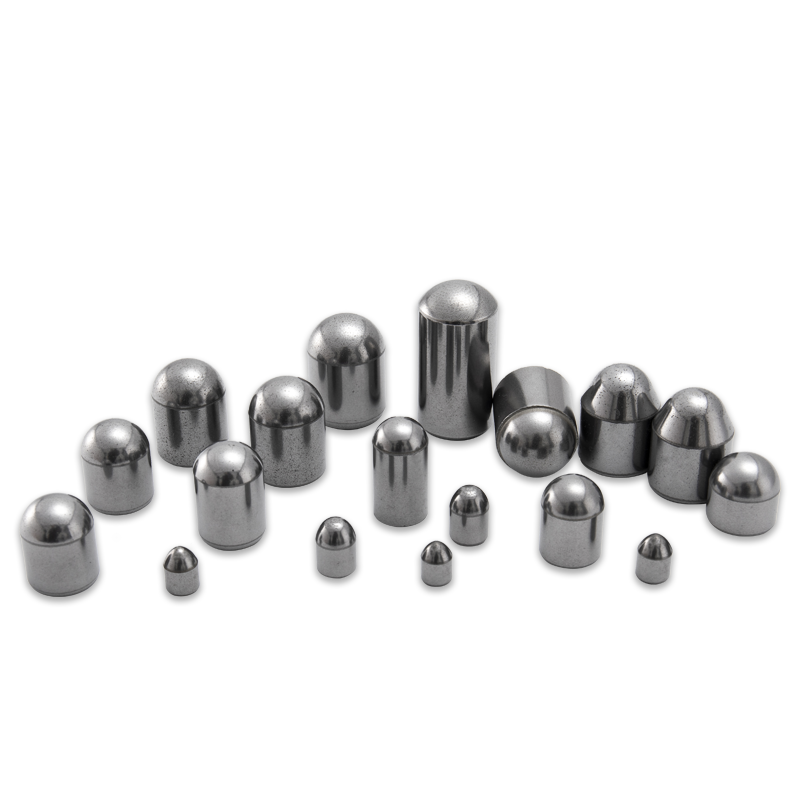
Economic and Operational Advantages
The adoption of Tungsten Carbide Rock Drilling Tools provides measurable benefits that directly impact project profitability and safety:
-
Maximized Uptime: The exceptional lifespan of the carbide elements drastically reduces the frequency of bit changes, which are a major source of non-productive time (NPT) on any drilling site.
-
Faster Project Completion: The superior cutting performance and high Rate of Penetration (ROP) allow operators to reach target depths quicker, lowering overall operational hours and fuel consumption.
-
Reliability in Extreme Conditions: From the high temperatures and pressures of deep geothermal drilling to the percussive forces in hard rock mining, these tools maintain their performance where conventional steel would rapidly fail or require constant dressing (resharpening).
In essence, Tungsten Carbide Rock Drilling Tools are more than just drill bits; they are high-precision, wear-resistant engineered components that have become the indispensable backbone of modern heavy-duty rock excavation worldwide.


 English
English русский
русский